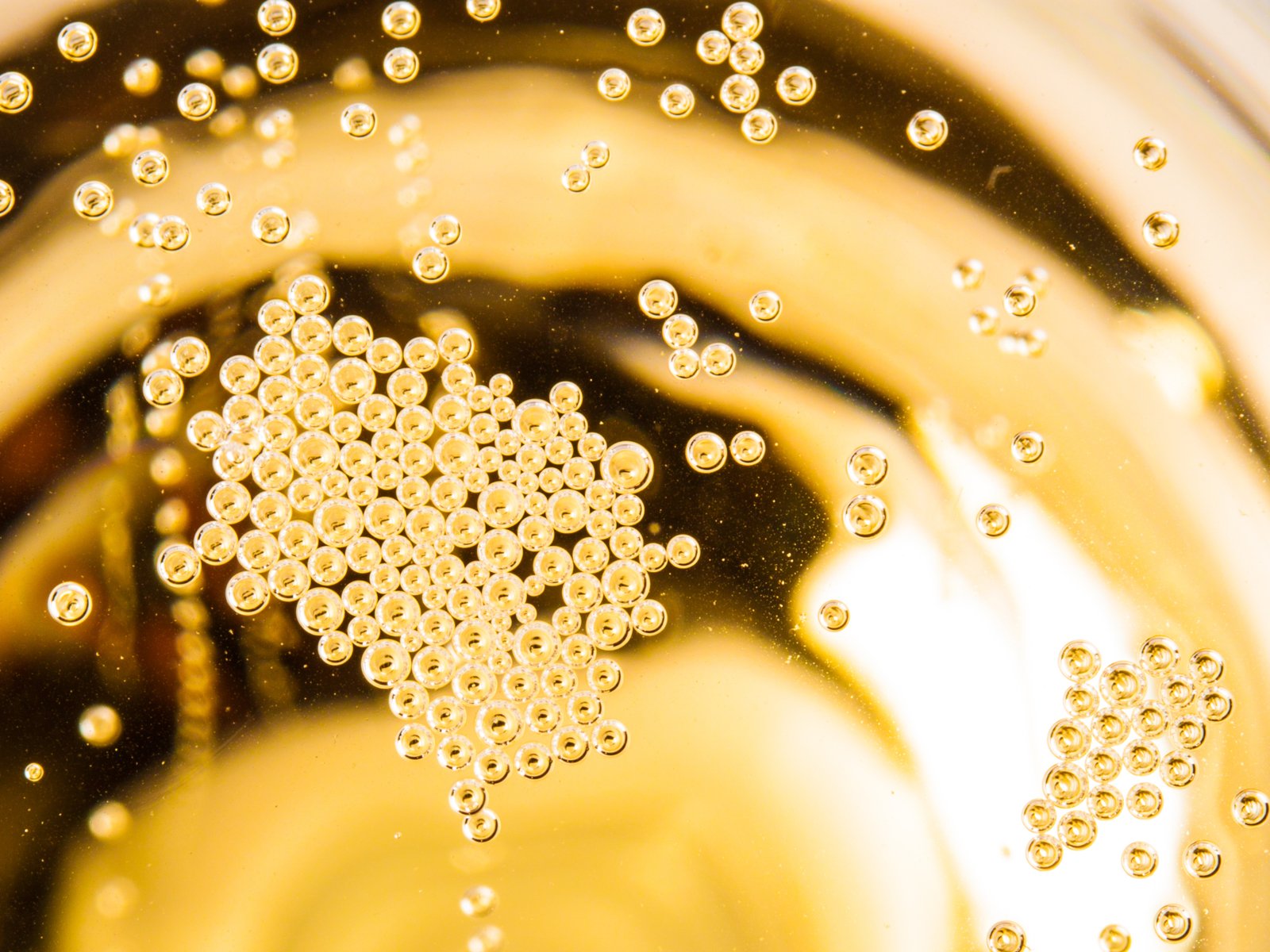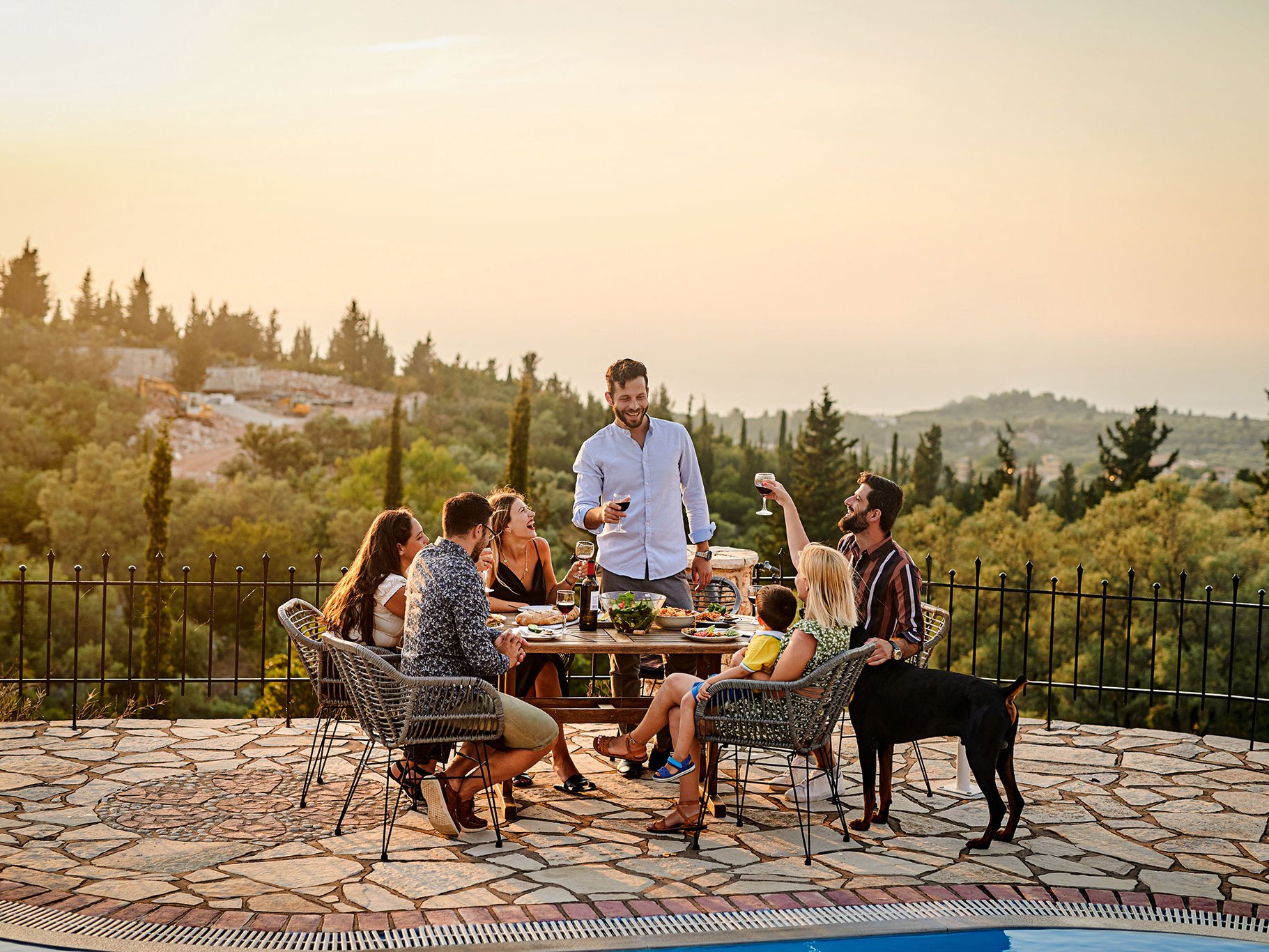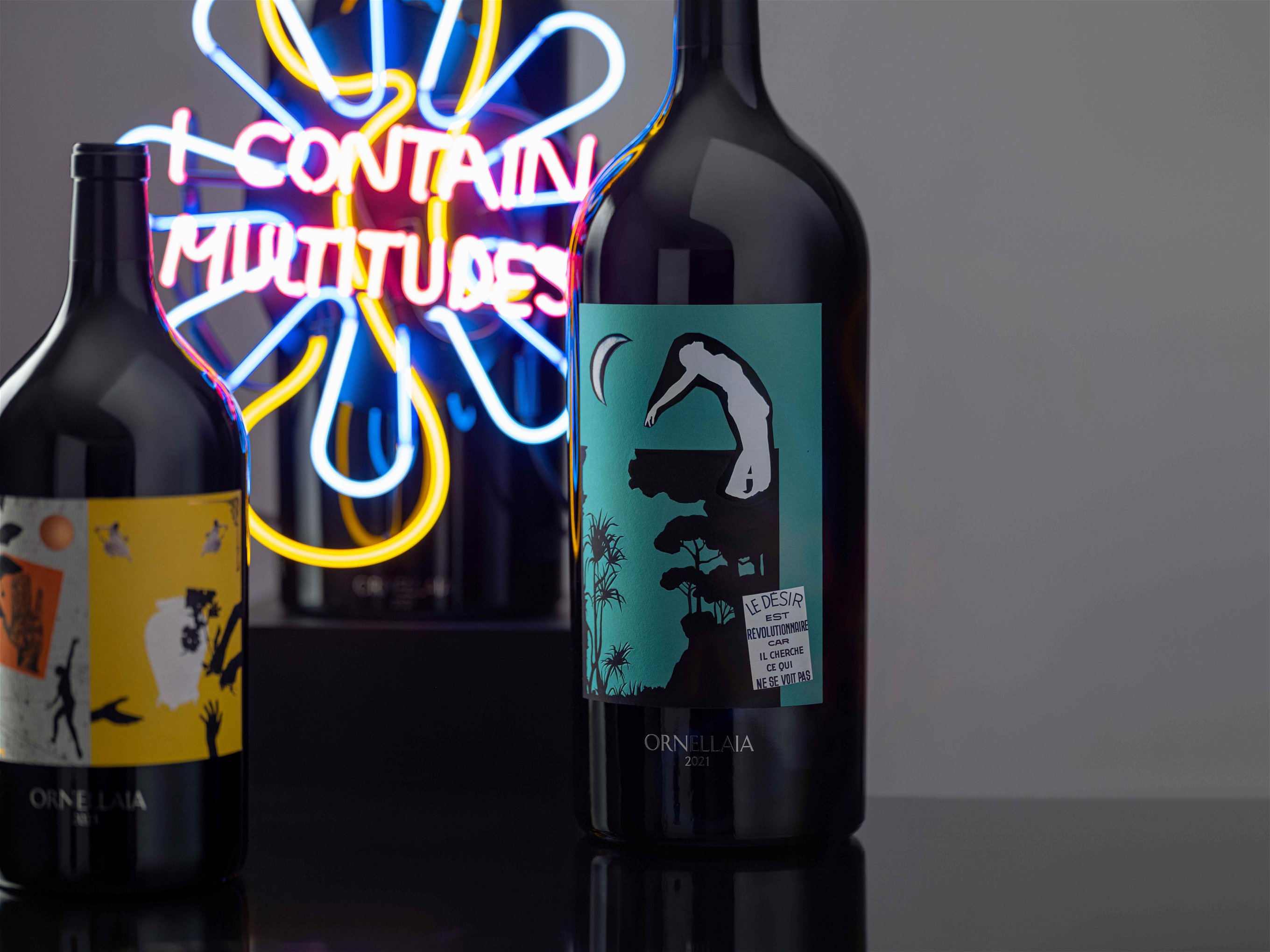Spanish Sparkling Wines: Cava & Corpinnat
Rather well-hidden behind a mass-market image, Cava and Corpinnat present sparkling wines of true identity and character. Let's explore these Spanish originals.
Is Cava one of the most misunderstood wines of the world? It is Spain's sparkling wine but the term covers so much, so loosely, that Cava's real and beautiful character is in danger of getting lost in confusion. So what is Cava? In the most straightforward terms, Cava is a bottle-fermented sparkling wine from Spain. However, Cava does not hail from a single, contiguous region.
Ninety five percent of the volume of production is made in the Penedès region of Catalunya, yet Cava can also be made across 150 municipalities in La Rioja, Valencia, Aragon, Navarra, Extremadura and País Vasco, from nine different grape varieties. This complexity and variation of climates across a country as large as Spain is a key issue in Cava's lack of a cohesive identity. As a result Cava has been pigeonholed as an affordable, simple, sparkling wine.
So what distinguishes Cava? The key difference is the focus on indigenous grape varieties. For Cava, it is the mighty trio of Macabeo, Parellada and Xarel-lo. When produced at low yields, often from Spain's famous concentration of old-vines, these grapes show their unique nature, combining to form the classic profile of Cava. Xarel-lo is the superstar here, with its strong, acidic backbone and aromas of fennel and wild herbs; so evocatively Mediterranean, and so very different to any other sparkling wine grape. Macabeo adds a touch of florality and often ripe, stone fruit flavours, whilst Parellada adds subtle freshness and finesse.
Increasingly these wines are also being produced as mono-varietal expressions, particularly Xarel-lo, though arguably they are at their peak when working as a team. The ripeness of the fruit is such that dosage is rarely needed and many cavas are bottled as brut nature . The sunny fruit profile and creamy yet refreshing acidity carry the wine effortlessly.
Time and Place
Much is made of the aging requirements, from the nine months of lees aging it takes to qualify as Cava to the 30 months it takes to be considered a Gran Reserva. Yet increasingly, this is no longer regarded as the main point of distinction between the quality levels in Cava, or indeed sparkling wines anywhere in the world. First and foremost, like every wine, potential quality is defined in the vineyard because nobody can make great wine from poor quality grapes.
Cava's highest designation, Paraje Calificado requires far more than a 36-month aging period in bottle on its lees to make the cut: the wines must come from a single vineyard, from vines of a minimum age, with every step of the production traced from the vineyard to the shelf. This fundamental change in the hierarchy of Cava, as well as the addition of Cava de Guarda Superior, is a clear signal of intent to celebrate the origins of the best Cava vineyards, whether they are based in Catalunya or elsewhere in Spain.
For some, however, these regulations were too little too late. In 2015, a group of producers formed a brand known as Corpinnat, which roughly translates as 'the heart of Penedès'. Its focus was always meant to be region-specific, with a select group of producers such as Recaredo and Gramona leading the charge. In order to qualify for the Corpinnat brand, the wines must be 100% organically farmed, hand-harvested, vinified entirely on the winery's own premises with a focus on indigenous varieties and must be aged for a minimum of 18 months in bottle. This focus on quality and sustainability goes beyond even the work of the producers themselves; minimum prices are set for purchasing grapes from growers to encourage quality production over high yields.
In 2019, these producers left the DO Cava entirely, frustrated by the lack of progress, and have since been joined by other like-minded producers looking to establish themselves at the pinnacle of sparkling wine production in Spain.
Partly as a result of the noise of this movement and partly due to the general “cheap and cheerful” image that Cava struggles with in international markets, some of the best producers of Cava are flying under the radar; often far outside the traditional regions of production. Dominio de la Vega are managing to craft superlative examples at high altitudes in Utiel-Requena; the intense southern sun tempered by the freshness that comes from having vineyards rising to 900m/2,953ft above sea level. Roger Goulart and Pere Ventura are both making exceptional, high value wines in the classic regions of Penedès, from indigenous varieties. A whole host of quality producers lurk around the fringes, producing under the appellation of Classic Penedès , allowing them greater flexibility to experiment and push boundaries.
Ever tried a sparkling wine dosaged with sherry? Check out one of Spain's greatest, yet least known collaborations, Colet-Navazos. A traditionally made, sparkling wine fueled by bee-honey? Clos Lentiscus are the pioneers here.
While there might be gallons of easy drinking Cava – traditional-method, bottle-fermented wine at exceptional value no less - there is more to this Spanish sparkler. Cava really demands a closer look. Between the multiple, related appellations, the vast geographical spread and the criminally under-priced offerings from producers operating at a gargantuan scale, it's easy to miss the true beauty of this wonderful wine. Yet a quick peek beneath the surface is a window into a largely undiscovered world of sparkling wine. From the smoky, fennel-scented classics to the innovative, new-wave bottlings, there is so much to be excited about, and so much to discover.

Cava Categories: What the label tells you
CAVA DO min. 9 months of lees aging in bottle,
CAVA DE GUARDO SUPERIOR RESERVA min. 18 months of lees aging in bottle,
CAVA DE GUARDO SUPERIOR GRAN RESERVA min. 30 months of lees aging in bottle,
CAVA DE PARAJE CALIFICADO min. 36 months of lees aging in bottle hand-harvested:
• from a single, classified vineyard
• from vines of min. 10 years of age
• must be brut, extra brut or brut nature
• must be vintage-dated
CORPINNAT at least 18 months of lees aging in bottle:
• made in Penedès
• organically farmed
• hand-harvested
• vinified on winery's own premises
• focused on indigenous varieties













